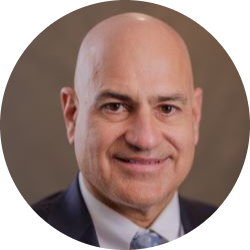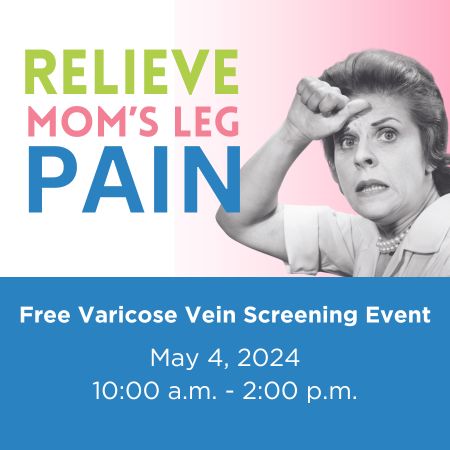
Don't let leg pain slow you down!
Join us May 4th for a day of free varicose vein screenings.
Worried that you might have varicose veins? At IVC® we offer free varicose vein ultrasound screenings. Schedule a screening Monday to Thursday from 8 a.m. to 4 p.m. Your 15-20 minute appointment includes:
Meet with our compassionate team of providers who will recommend therapies based on your unique circumstances. Virtual consultations are available.
Our board-certified physicians use the latest minimally-invasive procedures performed in a state-of-the-art lab, providing you with effective results in a comfortable outpatient setting.
Office based procedures get you back to the things you love quicker and easier than traditional surgical treatments. You will be able to resume most normal activities immediately!
Whether you live out of state, have a busy schedule, or otherwise find it difficult to be seen in the clinic, IVC® has consultation options to meet your needs.
Request an Online Consult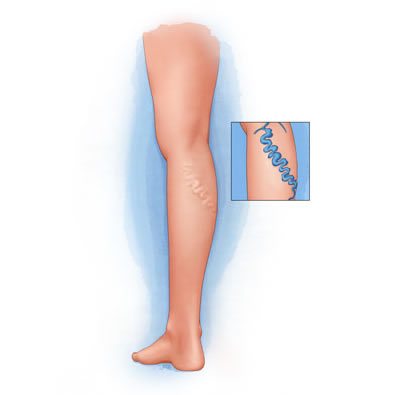

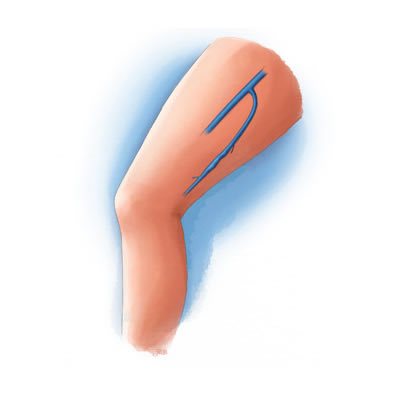

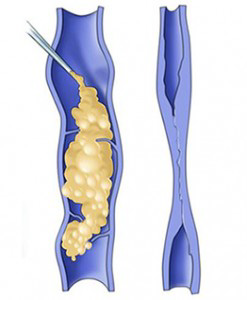

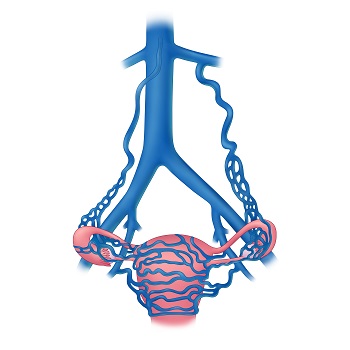
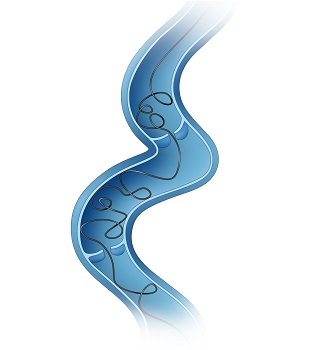
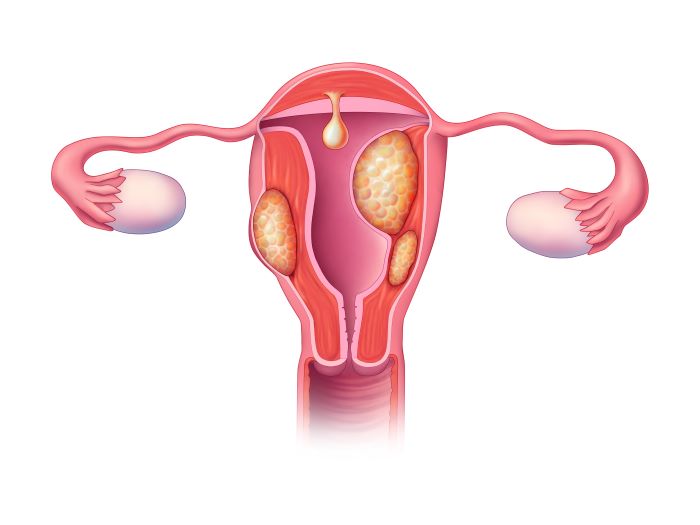
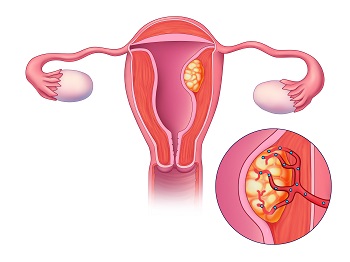
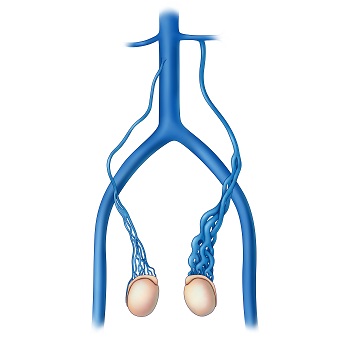

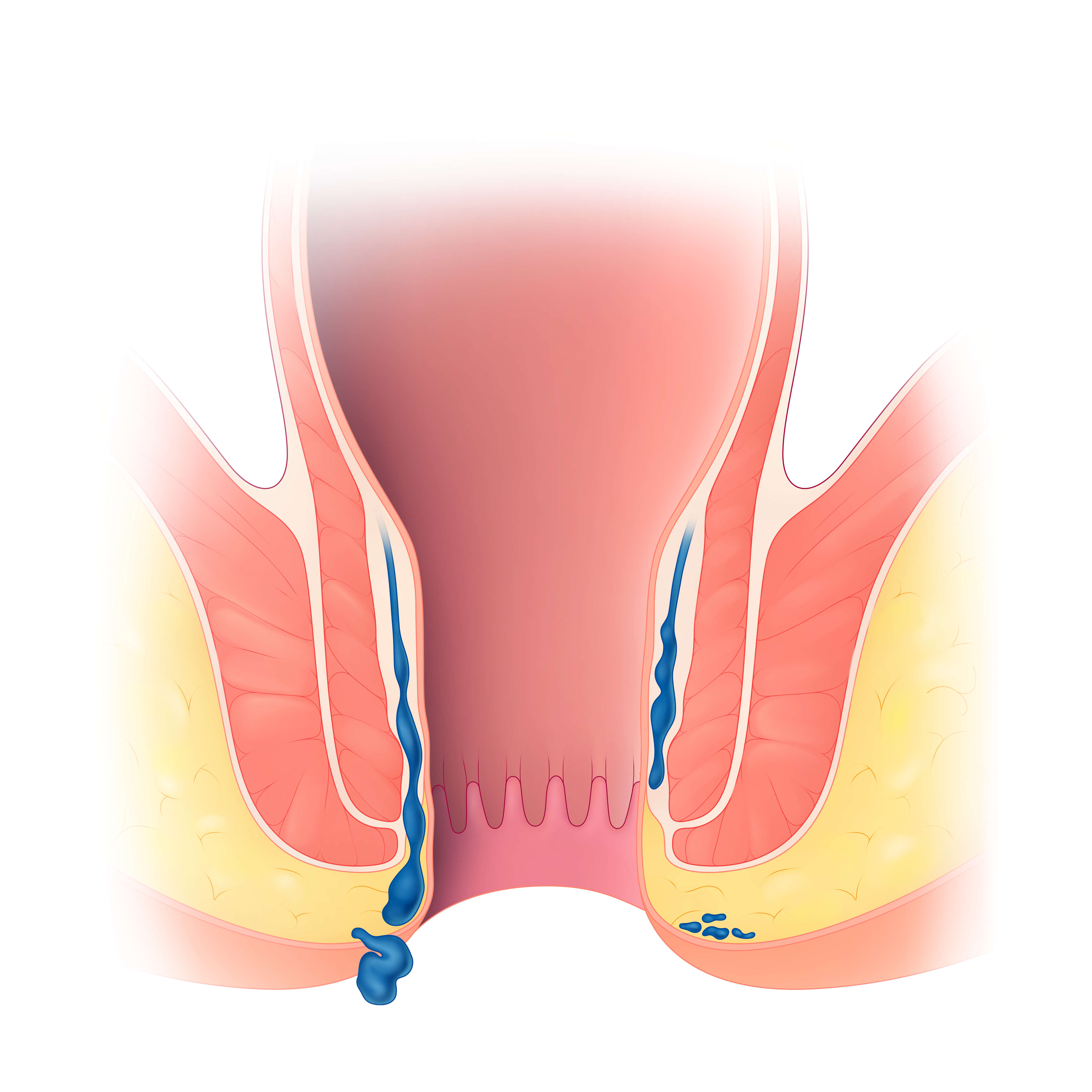

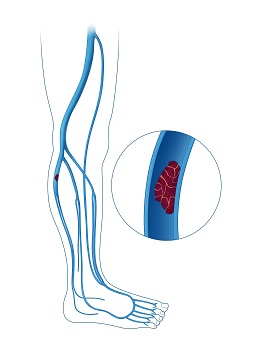
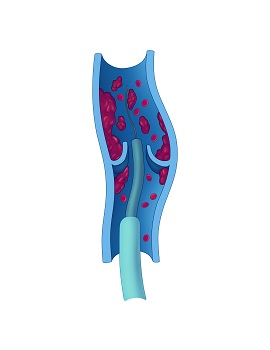
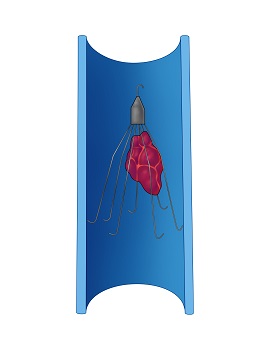
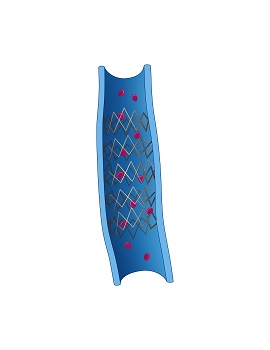
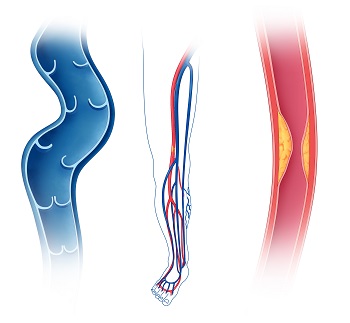
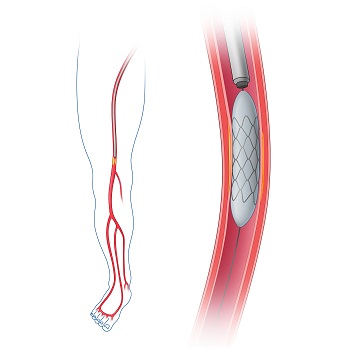
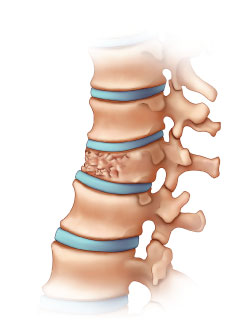
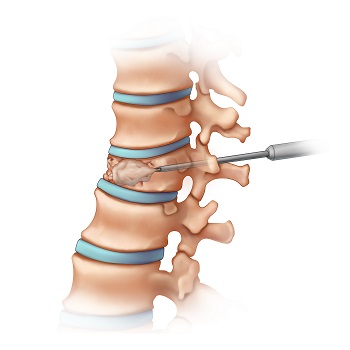
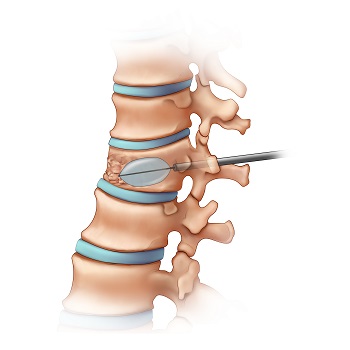
Varicose veins are the result of vein disease, or venous insufficiency. Veins become dilated, twisting, and bulging, making it difficult to stand, walk, work, or enjoy your favorite activities. Symptoms include itching, heaviness, swelling, and aching in the legs or pelvis. Varicose veins can become a serious medical condition; left untreated, they may cause skin pigment changes, bleeding, skin ulcerations/sores, and blood clots.
Learn MoreAmbulatory phlebectomy removes diseased veins through tiny incisions in the leg. It is primarily used to treat large, painful varicose veins. Because the incisions are small, it leaves undetectable scars. You can generally resume your normal activities the same day.
Learn MoreClariVein® is a specialty infusion catheter that disperses a sclerosing agent to the target vein, effectively closing it. After the vein shrinks, blood is rerouted to other, healthy veins.
Learn MoreEndovenous Thermal Ablation is a procedure that uses a laser or high-frequency radio waves to create just the right amount of heat to shrink the problematic veins in the legs. After the vein shrinks, the body automatically routes the blood through other, healthy veins. This procedure is generally performed on large varicose veins.
Learn MoreSclerotherapy treats varicose veins not visible to the naked eye and veins that make too many twists and turns for standard endovenous ablation procedures. Sclerotherapy is an office-based procedure that involves injecting a sclerosing solution directly into the problem vein. The solution irritates the vein’s wall. Over time, the vein turns into scar tissue, is absorbed back into the body and fades from view.
Learn MoreThe VenaSeal™ Closure system uses a proprietary adhesive to close large, problematic varicose veins. Once the vein is closed, blood is automatically routed through healthy veins.
Learn MorePelvic congestion syndrome, also called pelvic venous congestion, falls under a broader range of pelvic venous disorders which are a known, but often unrecognized cause of chronic pelvic pain. Varicose pelvic veins develop when the valves in veins are not working correctly, or occasionally when critical deeper veins are obstructed, causing blood to pool and distend pelvic veins.
Learn MoreThe embolization procedure consists of inserting a thin, flexible, plastic catheter (or tube) into the jugular vein in the neck. Liquid contrast agent is then injected into the veins of the pelvis and special x-rays are obtained. These images allow the doctor to visualize the refluxing pelvic varicosities and seal them off using sclerosant and coils placed inside the abnormal veins.
Learn MoreUterine fibroids are benign tumors that originate from the uterine muscle tissue. Fibroid growth is dependent on estrogen and progesterone and is rare before puberty. Fibroid growth increases in prevalence during the reproductive years and often decreases in size after menopause. Uterine fibroids can alter a woman’s period and cause a variety of bulk pelvic symptoms.
Learn MoreUterine fibroid embolization, or UFE, targets the abnormal fibroid blood supply which causes the fibroid to shrink. UFE avoids surgery, can preserve your uterus, control symptoms, and improves quality of life. Approximately 9 out of 10 women who undergo uterine fibroid embolization will experience significant symptomatic improvement.
Learn MoreVaricoceles are an important, but often unrecognized cause of chronic groin or scrotal pain. Varicoceles are also associated with infertility. To explain varicoceles, it helps to understand the purpose of veins in the body. Veins help return blood to the heart by preventing backward flow of blood. When valves don’t work or deeper veins are obstructed, blood pools in the congested scrotal veins, resulting in vein distension and increased pressure in the scrotum.
Learn MoreUnder ultrasound and X-ray guidance, your treating physician will guide a small-diameter flexible catheter (or tube) about the size of a strand of spaghetti into the affected testicular veins. Injection of a liquid contrast agent allows the interventional radiologist to visualize the abnormal refluxing testicular veins and then close these veins using a combination of tiny metal coils and sclerosant.
Learn MoreSymptomatic hemorrhoids, also known as piles, are abnormally enlarged and inflamed veins in the rectum and anus caused by increased venous pressure. There are two types of hemorrhoids, internal and external. Internal hemorrhoids occur in the lower rectum while external hemorrhoids are found in the skin around the anus.
Learn MoreHemorrhoidal artery embolization is a minimally invasive procedure that has been shown to provide long lasting relief from the bleeding, itching, pain and irritation of internal hemorrhoids. HAE is performed in our outpatient lab by our board-certified, fellowship-trained interventional radiologists. The procedure typically takes 45 to 60 minutes.
Learn MoreDeep vein thrombosis occurs when a blood clot forms in the deep veins of the body – usually in the leg. While deep vein thrombosis is a fairly common condition, it is also very dangerous. If the clot breaks away and travels through your bloodstream, it could end up in the lungs as a pulmonary embolism – a potentially fatal condition.
Learn MoreFor serious DVT cases that involve larger, more central deep veins, clot can often be removed in order to restore normal flow and prevent scarring and vein occlusion.
This treatment method is reserved for situations when blood thinners are contraindicated or inefective. The filter prevents large blood clots from passing to the lungs. Filters are typically temporary and are ideally removed when no longer needed.
In cases where chronic DVT has resulted in severe symptoms such as leg swelling, skin discoloration and skin ulceration, the larger critical veins may be reopened using angioplasty and stents in order to improve blood flow.
Peripheral arterial disease causes arteries to your arms or legs to narrow or become clogged. This most often results from hardening of your arteries or atherosclerosis. The plaque associated with atherosclerosis blocks blood flow and prevents oxygen from reaching tissue.
Learn MoreAngioplasty is a procedure in which a thin, flexible tube called a catheter is inserted through an artery and guided to the place where the artery is narrowed. When the tube reaches the narrowed artery, a small balloon at the end of the tube inflates for a short time. The pressure from the inflated balloon presses the fat and calcium (plaque) against the wall of the artery to improve blood flow.
Learn MoreVertebral compression fractures (VCFs), occur when a vertebral body of the spine collapses. VCFs commonly happen in the mid-to-lower spine and are more common in female and elderly patients.
Learn MoreA doctor injects quick-setting cement into the fractured vertebra using a small needle. The cement is specially formulated to support broken vertebra and relieve associated pain.
Learn MoreThe treatment process is similar to vertebroplasty. Small balloons or mechanical devices are used to elevate the collapsed vertebrae. The doctor then injects quick-setting cement into the vertebral body.
Learn MoreOur team of physicians are board-certified Vascular and Interventional Radiologists. This specialty offers a unique skill set; combining minimally invasive procedure techniques with imaging guidance to treat a broad range of conditions. Our minimally invasive treatments typically allow you to get back to the the things you love quicker and easier

Dr. Asay is fellowship-trained and board certified in interventional radiology. His expertise includes treatment of disorders of arterial and venous circulation and acute stroke intervention. He also performs spine intervention for pain management, including nerve root blocks, facet injections, epidural injections, and treatment of vertebral body compression fractures.
View Full Profile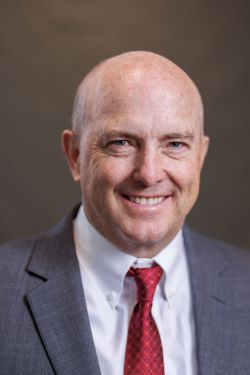
Dr. Carl Black’s primary professional areas of focus include interventional radiology and neuroradiology. His expertise includes treatment of disorders of the arterial and venous circulation, acute stroke intervention, carotid artery stenting, therapeutic embolization (i.e. oncologic, vascular malformations, post traumatic bleeding), treatment of superficial venous insufficiency and catheter-directed thrombolysis. He also performs spine intervention for pain management, including treatment of vertebral body compression fractures. Dr. Black is fellowship-trained with board certifications in interventional radiology and neuroradiology.
View Full Profile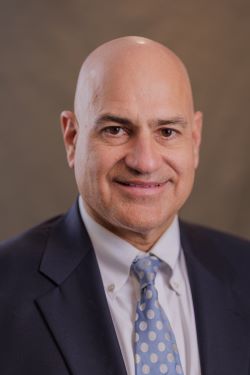
Dr. John S. Collins is fellowship-trained and board certified in interventional radiology. Dr. Collins’s areas of expertise include uterine fibroid embolization, vertebroplasty, stent placements, treatment of superficial venous insufficiency and catheter-directed thrombolysis.
View Full Profile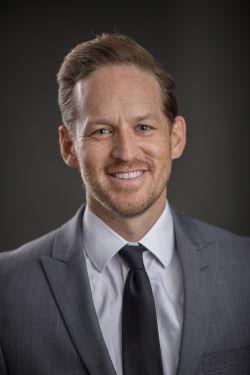
Working at the crossroads of technology and medicine, Dr. Harrison is board certified in Vascular and Interventional Radiology as well as Diagnostic Radiology. He specializes in the most advanced minimally invasive procedures medicine has to offer, treating a wide variety of patients with peripheral arterial disease, uterine fibroids, benign prostatic hyperplasia, venous disease, and various malignancies of the liver, lungs, and kidneys. He enjoys helping patients by accessing the most remote areas of the body via tiny incisions and utilizing the vascular system as a highway to those areas, enabling amazing results with minimal pain and downtime.
View Full Profile
Dr. Daniel Hatch’s primary professional areas of focus are in the latest techniques of minimally invasive diagnosis and treatment of disease (vascular and nonvascular). He is highly trained and instructs in both laser and radiofrequency procedures. These new state-of –the-art procedures are minimally invasive ways to treat varicose veins. Dr. Hatch’s expertise includes treatment of disorders of the arterial and venous circulation, acute stroke intervention, Uterine Fibroid Embolization for the treatment of uterine fibroids as well as spine interventions for pain management including vertebroplasty and kyphoplasty of acute vertebral body compression fractures. Dr. Hatch is fellowship-trained and board certified in interventional radiology.
View Full Profile
Dr. Nielsen’s areas of specific professional interest and expertise include treatment of venous disorders, arteriography, treatment of acute stroke, vertebroplasty, pain management, aortic stent graft placement, vascular and dialysis access.
View Full Profile
Dr. Matthew E. Nokes is fellowship trained in interventional radiology. His expertise includes treatment of disorders of the arterial and venous circulation and acute stroke intervention. Dr. Nokes is skilled in such areas as carotid stenting, catheter directed local-regional cancer therapy, cerebral aneurysm treatment, intracranial angioplasty, and DVT therapy.
View Full Profile

